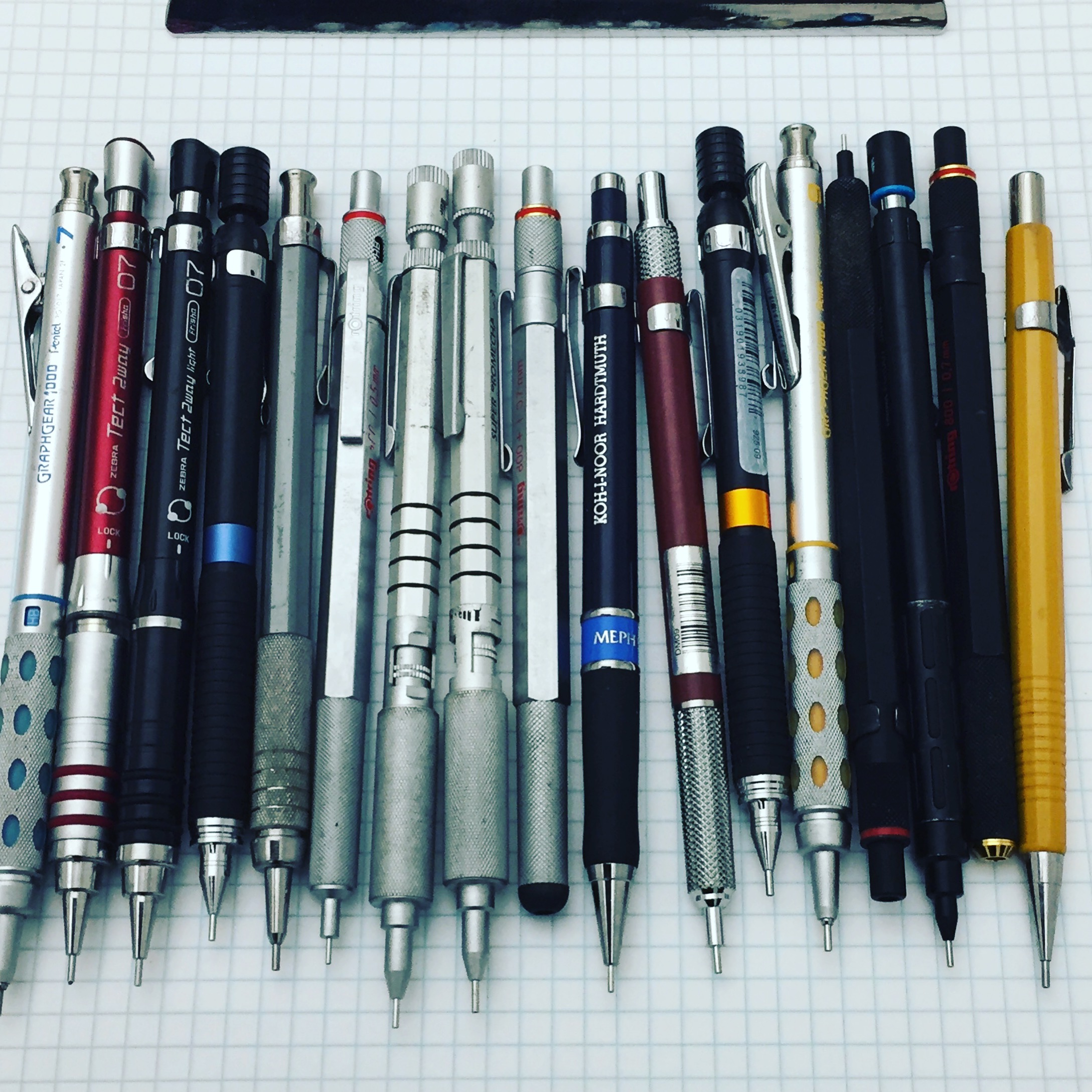
Notes:
- This blog post represents my opinions only.
- My first blog post in the #ChainReaction Series is #ChainReaction: Notes on Centralized, Decentralized, and Distributed Systems.
As I read The History of Money, I have started understanding the monetary and currency systems of the past. It is becoming clear to me that we are inevitably going to transition from the current age of paper money and into the age crypocurrencies. It’s just a matter of time. I also think, the move towards a decentralized cryptocurrency regime will give way to a more centralized system because the alternative would lead to socioeconomic chaos and disorder which would be too destabilizing to society. So fiat cryptocurrencies are the future. This still leaves plenty room for privately issued digital tokens that are used to fulfill various other functions in global trade and commerce, just not as a decentralized substitute for what we consider money today. The social engineering behind money is a centralized function. To get to the age of fiat cryptocurrencies we need cryptography that is so easy to use that “even a caveman” could use cryptocurrencies without even having to think about it. So regulations, social psychology, and technology have to move well beyond the current state of the art. I am thinking a lot about this because trade finance is a massive pain-point in global supply chain networks, and distributed ledger technology offers a promising way to attack some of the issues that cause trade finance to be a choke-point for global trade and commerce.
If the history of commercial banking belongs to the Italians and of central banking to the British, that of paper money issued by a government belongs indubitably to the Americans.
– John Kenneth Galbraith, From The History of Money
Who will own the age of cryptocurrencies?
